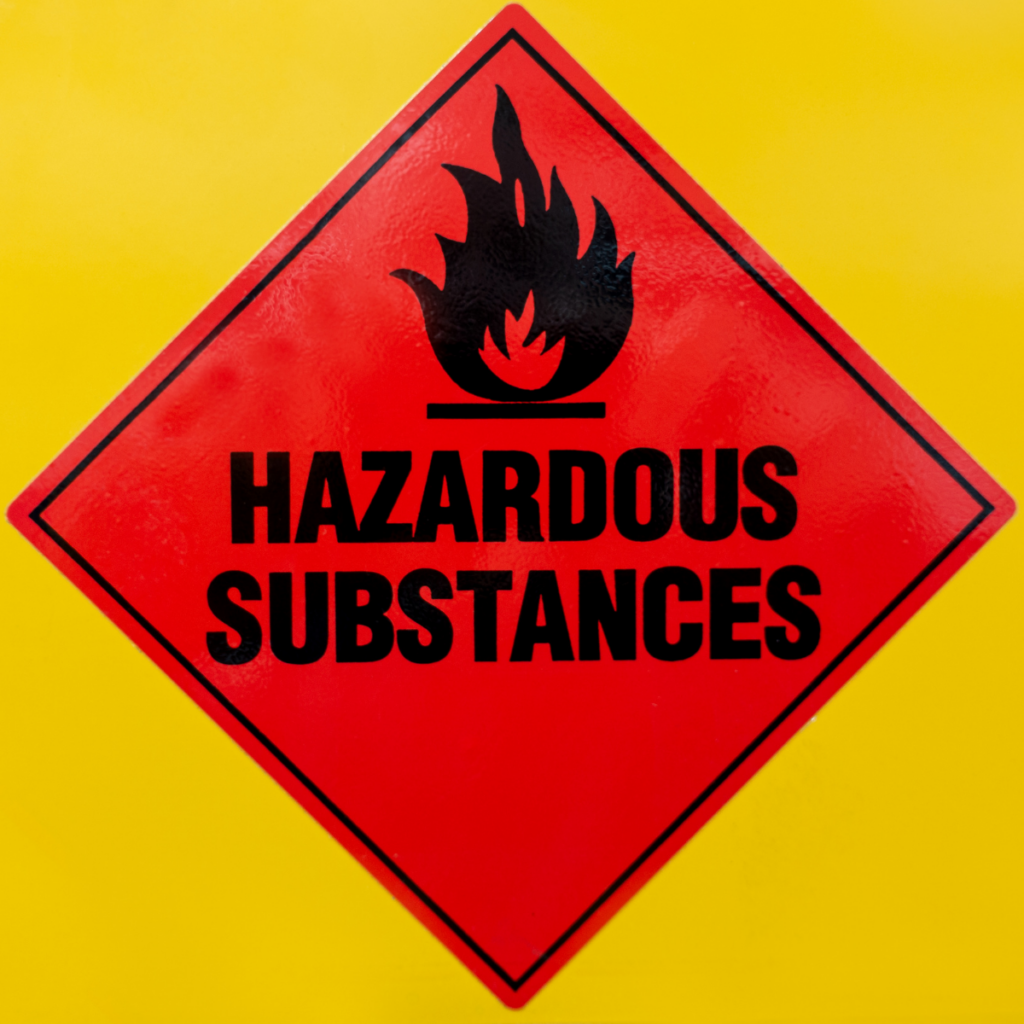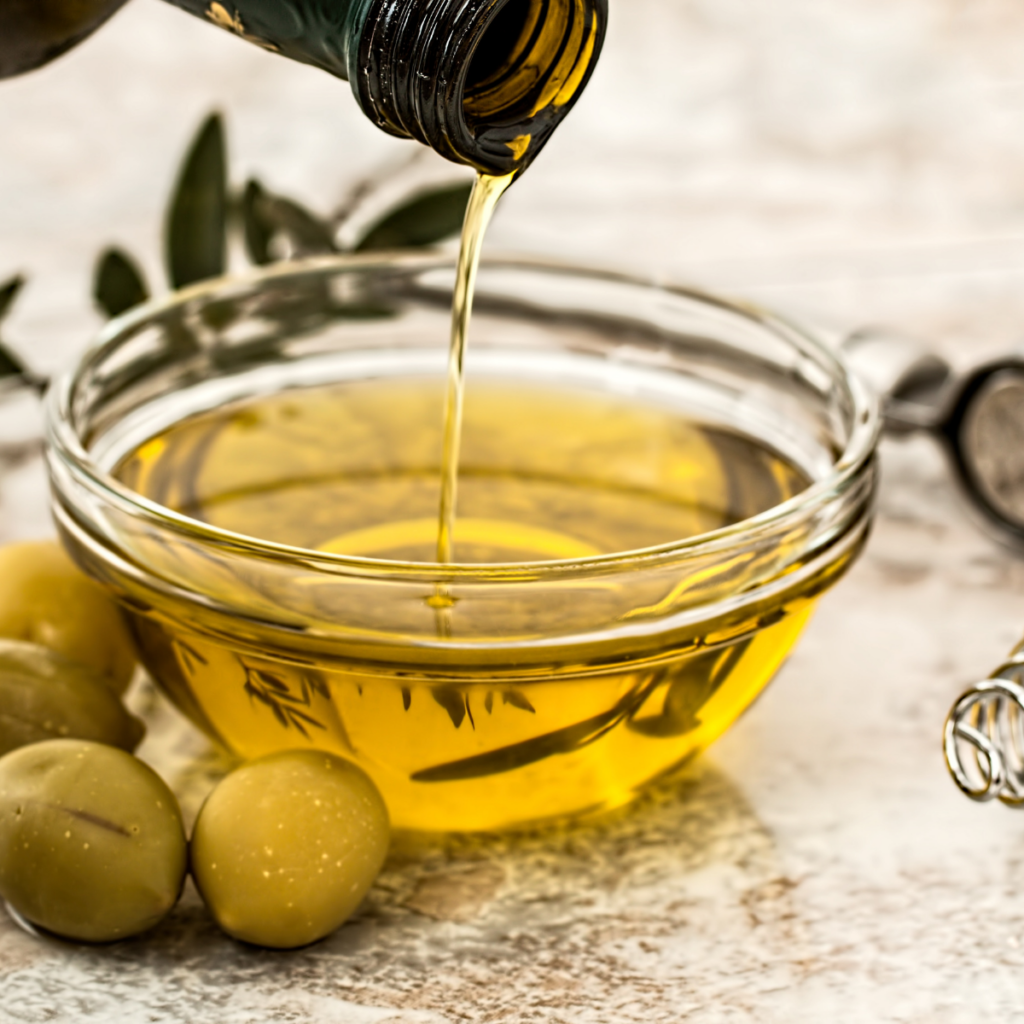Did you know that we deal with highly flammable or combustible liquids and other materials that easily catch fire every day of our lives? Here are the top flammable household items that we should handle cautiously.
According to the National Fire Protection Association, around 346,800 house fires occurred between 2015-2019. What’s worse is that thousands have died and got injured during these fires, and billions worth of property were damaged.
There are everyday items that can cause house fires, and some of them don’t seem like they aren’t fire risks at all. If you take fire safety seriously, it is important to know what are the most flammable items in your home and how you can reduce or eliminate fire hazard while using them.
11 Flammable Household Items that Can Start a Fire

Here are the common household items which are extremely flammable when exposed to ignition sources.
1. Nail Polish Remover
The acetone in your nail polish remover is one of the most flammable and combustible liquids. The vapors coming out of the acetone can travel through the air and ignite open flames. So if you’re in the mood for doing your own mani-pedi, make sure never to use your nail polish remover around any open flame. (such as that nearby candle you lit up to set the vibe).
2. Cooking Oils

Cooking oils are some of the most flammable liquids we use daily and are also one of the leading reasons for house fires. They can catch fire when they’re exposed to more than enough it can handle or when there are other open flames nearby. You can extinguish the flames by putting the lid over the pan, turning the heat source off, or putting on a fireproof blanket. If it comes to worst, you could use a fire extinguisher.
RELATED POSTS:
3. Aerosol Cans
Aerosol cans are some of the most flammable items in your household. These items often come in hair spray, spray paint, deodorant, and more. Aerosols become flammable when exposed to extremely high temperatures, causing a build-up of pressure inside these cans. They could also spontaneously ignite, so make sure to keep them in a cool, dry place, away from heat sources.
Take this event, for example. Two toddlers placed an aerosol can into a light-up backyard barbecue pit. The explosion caused them injuries, which were fortunately not life-threatening. Still, it proves that aerosol cans and fire do not go together, and flammable items should be kept away from children’s reach.
4. Rubbing Alcohol and Hand Sanitizer
We are now using rubbing alcohol and hand sanitizer more than ever, but you should know these are extremely flammable liquids.
Rubbing alcohol (isopropyl alcohol) has a low flash point of 53 degrees Fahrenheit, so it catches fire easily. The vapors of isopropyl alcohol can even ignite a fire source.
Hand sanitizer is also a flammable liquid. This is most true for alcohol-based hand sanitizers as they also have low flash points. Also, alcohol-based hand sanitizers contain ethyl alcohol, which in itself is flammable.
The University of Texas also warns about leaving alcohol-based hand sanitizers inside your car during hot weather as they could come in contact with a spark or any other ignition source, resulting in a fire.
5. Gasoline, Diesel Fuel, and Motor Oil

Automotive products like gasoline, oils, and fuels, as well as antifreeze, are highly flammable chemicals. These products ignite easily, so its best to keep them away from any heat or ignition source.
Gasoline is considered one of the most flammable liquids. Even spilled gasoline remains flammable as long as vapors linger in the air.
Diesel is a little less flammable than gasoline, but you still want to take caution when handling it. Diesel fuel won’t likely ignite at room temperature, but when exposed to a temperature higher than its flashpoint, then it would certainly start a fire.
6. Moth Balls
Many people aren’t aware that moth balls are flammable. Moth balls are made up of flammable chemicals, 1,4-dichlorobenzene and naphthalene. The vapors from this product are highly flammable, and when those gases build up in one place, such as your storage cabinets, then there’s a risk of starting a fire.
There’s another reason why you’d want to stay away from mothballs, though, apart from their flammability. These rodenticides also contain some poison which makes them effective in controlling insects. However, they could also pose dangers to human health.
7. Dryer Lint
One of the best ways to ensure fire prevention around the home is to clean your lint trap regularly. You see, dryer lint comprises several textile fibers, paper, and other things that stay in your lint trap after the drying process.
Did you know that more than 15,000 fires in the US start from the clothes dryer? And dryer lint is the top culprit for these fires. You can prevent fires by emptying the lint filter of your dryer regularly.
8. Cleaning Products
The cleaning products you use around the home could very well start a house fire if not used or stored properly. Most of these products contain flammable chemicals. They may also have other chemicals that are toxic once the product is inhaled or ingested.
For instance, bleach is not exactly a flammable liquid. But if you are using bleach along with other chemicals, such as ammonia and turpentine, then these chemicals may react with each other aggressively and result in an explosion. Bleach may also explode when exposed to high heat.
Additionally, other flammable liquids include bathroom cleaners, drain cleaners, dishwashing detergents and multi-purpose cleaners.
RELATED POSTS:
- Should You Boil or Not Boil Fabuloso? Is Fabuloso Flammable? (Warning!)
- Is Bleach Flammable? Facts You Need To Know
9. Powdered Kitchen Items

Kitchen and pantry staples that are in powdered form could also potentially start a fire. The most common examples of these are non-dairy creamer, powdered spices, flour, powdered sugar, and more.
These products become flammable when they are dispersed in the air, allowing them more access to oxygen. When the tiny particles come into contact with an ignition source, such as an open flame, those particles light up one another, leading to a fire or even an explosion.
Did you know that flour explosions are a real thing? Flour mills have exploded in the past due to the massive amount of airborne flour particles in the air. You may only use a small amount of flour when you bake at home, but still, you want to do it away from a heat source.
10. Ping Pong Balls
Who would have thought that ping pong balls are flammable, right? But indeed, they are.
That is because ping pong balls are made up of a flammable material called celluloid, and it also comes with camphor. A ping pong ball gets exposed to the sun and humidity, causing it to become brittle. The celluloid ages, and camphor leaks out. When this happens, the ping pong ball could easily ignite due to friction.
11. Linseed oil
Linseed oil is a flammable oil used as an additive to paint and an ingredient in wood stains. But be careful, linseed oil can be dangerous.
Using linseed oil in wood stains can cause spontaneous combustion. Linseed oil gets heated up as it dries, and once it reaches its ignition temperature, then it could combust. Even rags soaked in wood stains could also combust when left to dry under the hot summer sun.
This is what happened in Vancouver in 2019. A pile of rags soaked in linseed oil spontaneously combusted after being placed under the sun, causing a fire in an apartment. Experts say to dispose of combustible liquids properly, as well as the brushes and rags you used in your project, to eliminate the risks of fire.
Frequently Asked Questions
What are highly flammable objects?
Some of the most highly flammable objects can be found inside your home. This includes nail polish remover, automotive products like gasoline and antifreeze, as well as rubbing alcohol and sanitizer.
What kitchen stuff is flammable?
Some of the most flammable kitchen stuff include cooking oils, flour, powdered milk, powdered sugar, and coffee creamer.
What household spray is flammable?
Household spray is flammable because they are contained in pressurized aerosol cans that use flammable gas. Some of the household items contained in aerosol sprays include spray paint, shaving cream, deodorant spray, spray disinfectant, and linen spray.
Conclusion
We can’t escape the fact that we have to deal with flammable items regularly. Our cars need gas to run, we need detergents to wash out clothes, and use flour and spices to cook our meals.
But you can reduce the fire risk by putting fire safety in mind. This means equipping your home with fire extinguishers and smoke alarms and designating a fire exit.
But fire safety does not stop there. You also have to practice how to properly use and store the items mentioned above to protect your family and property from fire threats.

Leave a Reply